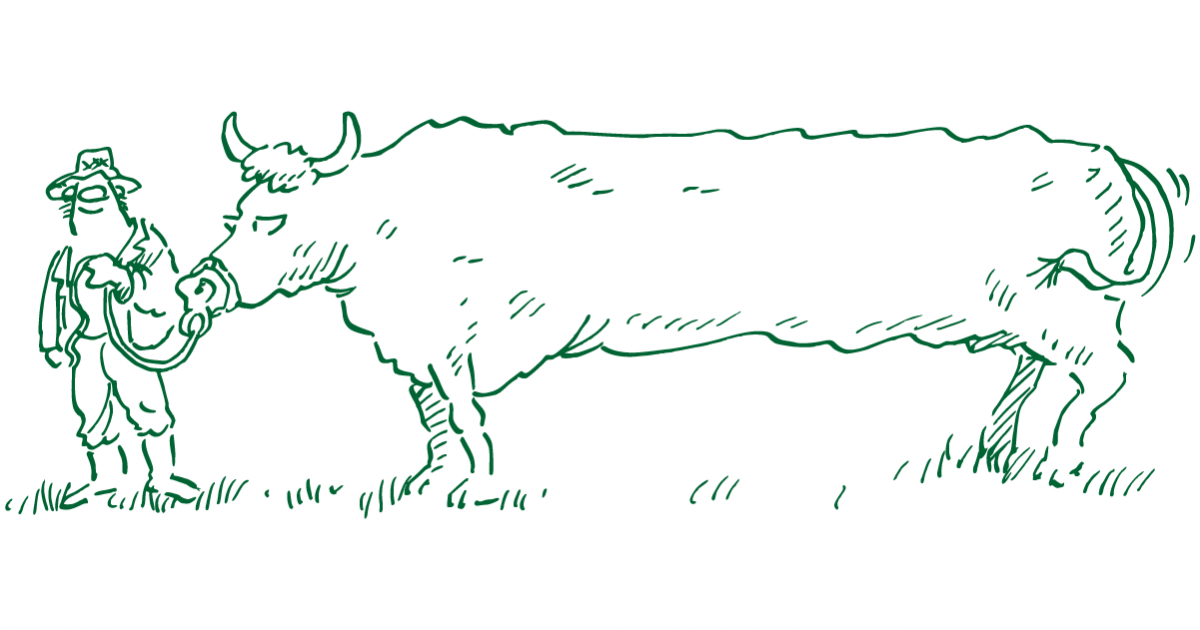Jonthan Ruffer's investment review of growth and gains
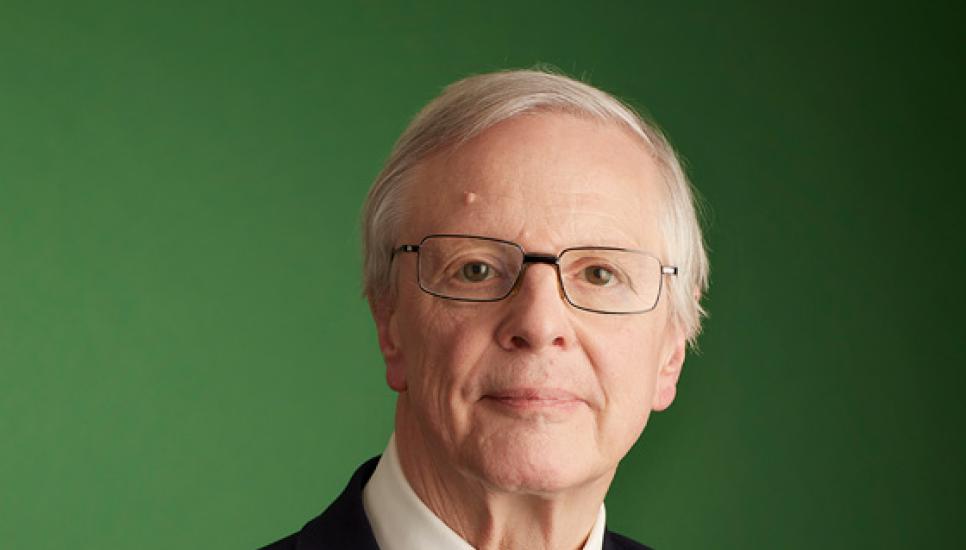
Somewhere in a cupboard, I have a set of eight contract notes dated 8 January 1975, when I invested—upwards of £100 per holding!—in a range of UK equities. Reader, I called the bottom of the market—a dangerous thing for a young man to do.
I recount this partly, of course, out of boastfulness, but partly, too, to highlight the longevity of this bull market, 46 years on from that purchase, almost to the day. You have to be old (or an investor in Japan after 1990) to know what the longueurs of a true bear market are capable of doing. Few investors today have first-hand knowledge of fighting the tide.
It is not my intention here to call the turning of the tide, but thoughts of those contract notes have set off a reverie about what has changed in this near half a century. The period has transformed us all, and it has favoured those who have things over those who do things. In Britain, the children of doctors, academics, journalists, scientists and bishops are less likely to be educated privately. Unskilled labour has increasingly found itself compromised, and at least partially looked after by the state. Those who rent their homes have no capital; those who took advantage of Maggie Thatcher’s sale of council houses have become stakeholders in the wealth of the country. Among the prospering homeowners, those living in comfortable Middle England have prospered mightily, and those with property in London have profited absurdly.
Above all, the pure capitalism of the last generation has been a ‘winner takes all’ phenomenon. There is still an aristocracy—taking different forms in different countries—but the wealth has been accumulated more by those winners who have seen success, and less through family succession. Many would still call this unfairness. Just as many would sigh and say it is the way of the world.
A changing of the guard is also the way of the world—and on its way. We are preparing for a time when high taxes—on capital gains, wealth, and income—effectively constrain capital accumulation. In medieval times, the best protection in these circumstances was buried treasure. In our times, many will respond by sending assets offshore. Both burying and offshoring wealth curtails enjoyment, and the result is that while the common man has no money to spend on luxuries, the same is true for the uncommon man, but he has the further inconvenience of having to worry about it.
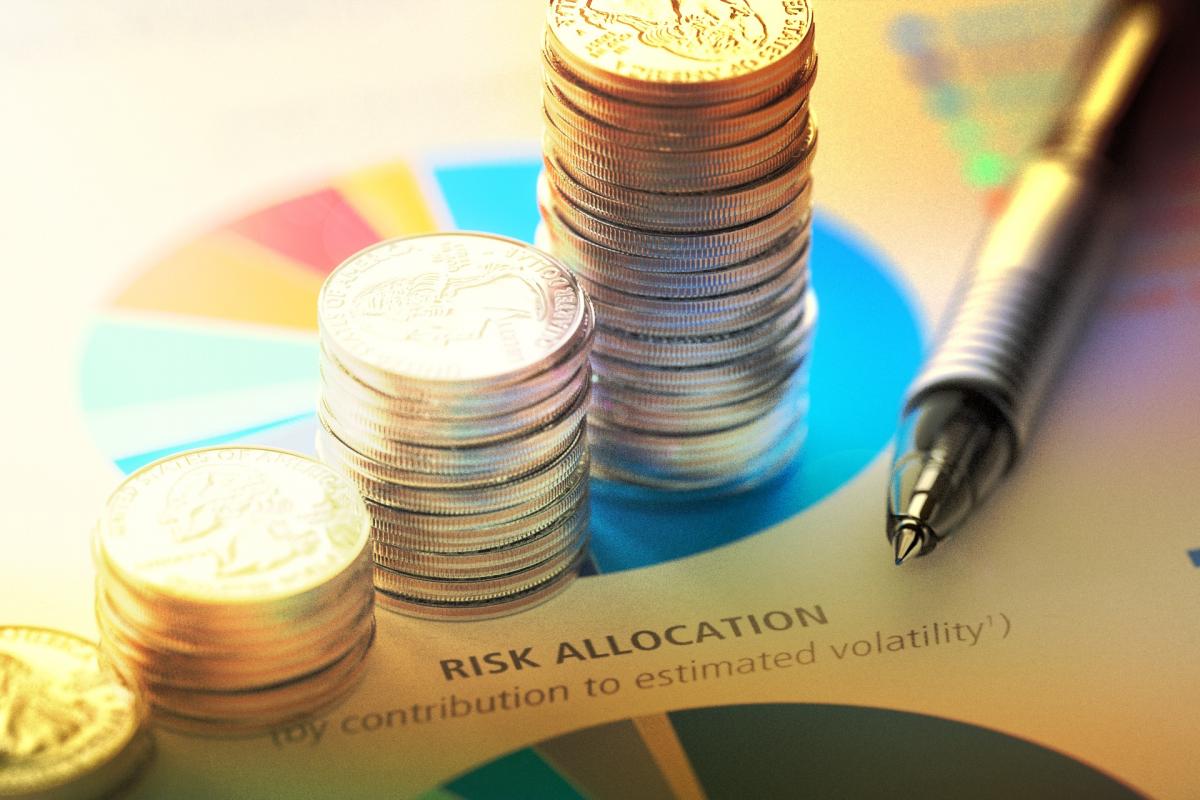 Reflecting on 2020
Reflecting on 2020
That’s more-than-enough ebullient joy for one Investment Review; the rest of this report is about our style of investing. Those seeking my thoughts on the “small earthquake in Chile, none dead” announcement last month about our adding exposure to bitcoin can skip to the end of the piece.
It is with relief we can report that 2020 was a second year of good growth—eight quarters in a row without a meaningful setback, totalling a gain of c 20% over the period. The previous double-digit rise was in faraway 2016. In between that sandwich was a period when the portfolios made no progress at all, and it is through the lens of the lean years that I want to examine our investment philosophy.
There was without doubt money to be made in the markets from 2017 to 2019—but that is not the focus of the way we run money. Our priority is to keep our clients safe, through good times and bad. And our aims are twin. Firstly, try never to lose money on a rolling 12-month basis. Secondly, to make a return which is substantial enough to justify the fees and uncertainties. The first of these aims is objectively measurable (which should be reassuring, given the shenanigans of our industry) and the second is a subjective test, for sure (and one best made over the long haul).
To achieve these twin aims, we put risk into the portfolios, and seek to offset that risk by selecting investments that act as mutually supportive offsets. With these offsetting investments, our primary concern is that they really are offsets, and not brothers in misfortune. The skill comes in identifying and buying assets which are, in aggregate, capable of superior performance, both in favourable and adverse circumstances.

In the lean years when we merely broke even, this was not because we reduced the level of risk in portfolios. Rather, it was because the offsets worked too exactly—our losses matched our gains over the period (though not in every calendar year). Since the financial crisis in 2008, our investment style has become considerably harder to practice. The investment climate has changed, and this is the primary reason so many hedge funds have closed down, and why, overall, they have performed poorly for a decade. Ruffer is not a hedge fund—not least because the performance fees hedge funds charge guarantee they are more interested in the upside than the downside, which is the exact opposite of our preoccupation. But the same investment winds that have blown for hedge funds have also been beating against our doors.
The conditions remained blustery in 2019 and particularly 2020, as Ruffer portfolios made gains. Our returns in these past two years have come from bringing together competing assets, some of which have been both arcane and volatile. And while we’ve been climbing the north face of the Eiger, there has been what appears an easier path to the summit—simply buying shares in the world’s best companies. Think best of breed, and big tech, with Nestlé meeting Netflix for sweet stardom.
So—the obvious question—were we silly to miss the primrose path up the mountain, by eschewing quality stocks? We think not.
Some assets compete with instantly-accessible cash, and the return you get from it. Other assets compete with long-term cash (such as government bonds that mature in the wild blue yonder). In normal times, the long-term assets yield more than cash on deposit; in today’s topsy-turvy times, they both yield the same, which is very little indeed. This development, which has been going on for years, was not wholly unexpected—but it wasn’t a racing certainty either.
 Flattening the yield curve
Flattening the yield curve
In Ruffer portfolios, we have two asset classes which benefit from this dynamic, a trend known in the village as a flattening yield curve. These assets are inflation-linked government bonds and gold. Together, they make up around 40% of the portfolio. The best of breed equities—‘Nestflix’ for short—also benefit from this flattening of the yield curve.
When the yield curve steepens again (perhaps as growth returns to the real economy) what will happen to these assets? As always, we are not bothered whether this trouble comes next month or next year—let the market timers guess that. What matters to us is the certainty that this trouble will one day come. When it does, having three asset classes in the portfolio that are likely to suffer is, in our judgement, one too many.
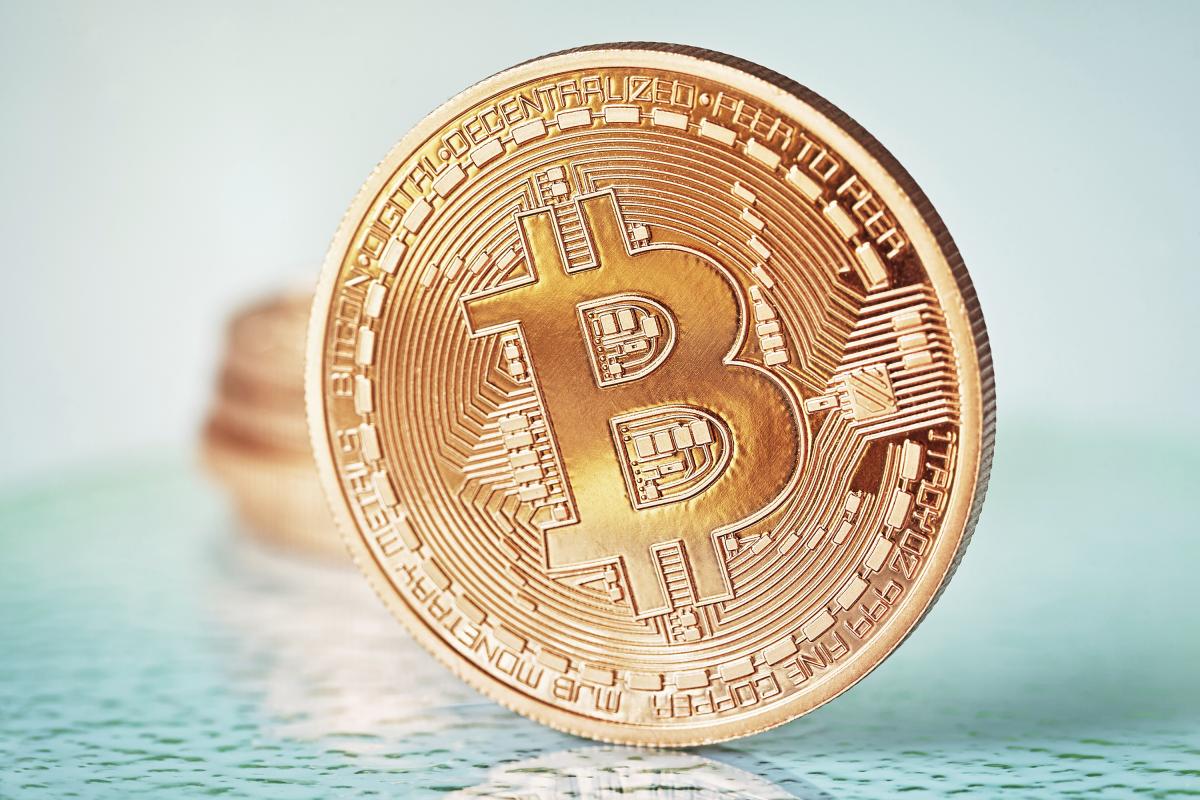
We hold the inflation-linked bonds because we see inflation—biggish inflation—ahead. We hold gold because the world’s currencies are in danger of being compromised by the issuance of more money. For both these categories of investment, we see virtues which outweigh the fundamental dangers from a steepening yield curve in the fixed interest market. By contrast, the growth companies—too big, too dominant—are unlikely to be able to grow their profits fast enough to compensate for what will happen when long-term yields rise—their ratings will fall as investors become less willing to pay such high multiples for the future earnings.
Finally, the announcement in December about Ruffer adding exposure to bitcoin produced a smattering of responses. The best was this two-worder: Happy Christmas. That seems about right for an initial investment equivalent to around 2.5% of the portfolio.
Our underlying reasoning is that bitcoin is becoming a challenger to gold’s standing as the one supra-currency, the thing to own when fiat currencies are kerplunked. We have done much work on assessing the danger that bitcoin is a wrong’un. We have been watching it for a longish time, and our judgement is that it is a unique beast as an emerging store of value, blending some of the benefits of technology and gold. Yes, it is a seemingly non-sensical asset—but one that makes absolute sense for how we see the world.
The question that followed was: when to make the move? A journey from pirate to president is a continuum, but an investment is a binary event—you either make it, or you don’t. We took the view that last November was not too soon, and if we left it any longer, subsequent price performance might make it feel too late. So we made an allocation. At the time of writing, the entry price looks to have been favourable, but that’s not really the point. We are in the business of keeping clients safe, and we are nervously satisfied that bitcoin has a small part to play in the pudding.
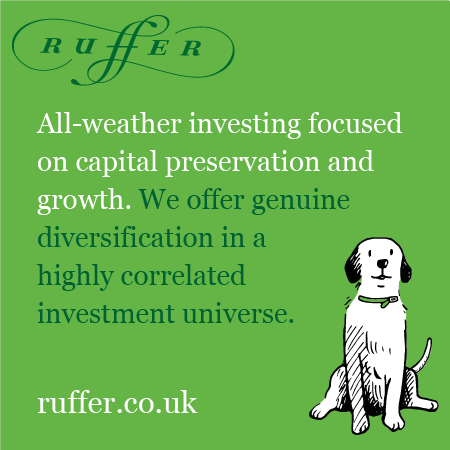 Ruffer performance to 31 December % 2016 10.9 | 2017 0.5 | 2018 -5.8 | 2019 7.0 | 2020 16.7
Ruffer performance to 31 December % 2016 10.9 | 2017 0.5 | 2018 -5.8 | 2019 7.0 | 2020 16.7
Past performance is not a guide to future performance. The value of investments and the income derived therefrom can decrease as well as increase and you may not get back the full amount originally invested. Ruffer performance is shown after deduction of all fees and management charges, and on the basis of income being reinvested. The value of overseas investments will be influenced by the rate of exchange.


